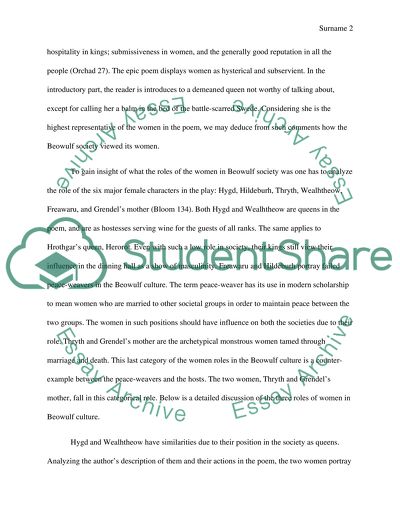Cite this document
(“Beowulf and the Role of Women in the Heroic Culture Research Paper”, n.d.)
Retrieved de https://studentshare.org/literature/1437654-beowulf-and-the-role-of-women-in-the-heroic
Retrieved de https://studentshare.org/literature/1437654-beowulf-and-the-role-of-women-in-the-heroic
(Beowulf and the Role of Women in the Heroic Culture Research Paper)
https://studentshare.org/literature/1437654-beowulf-and-the-role-of-women-in-the-heroic.
https://studentshare.org/literature/1437654-beowulf-and-the-role-of-women-in-the-heroic.
“Beowulf and the Role of Women in the Heroic Culture Research Paper”, n.d. https://studentshare.org/literature/1437654-beowulf-and-the-role-of-women-in-the-heroic.


